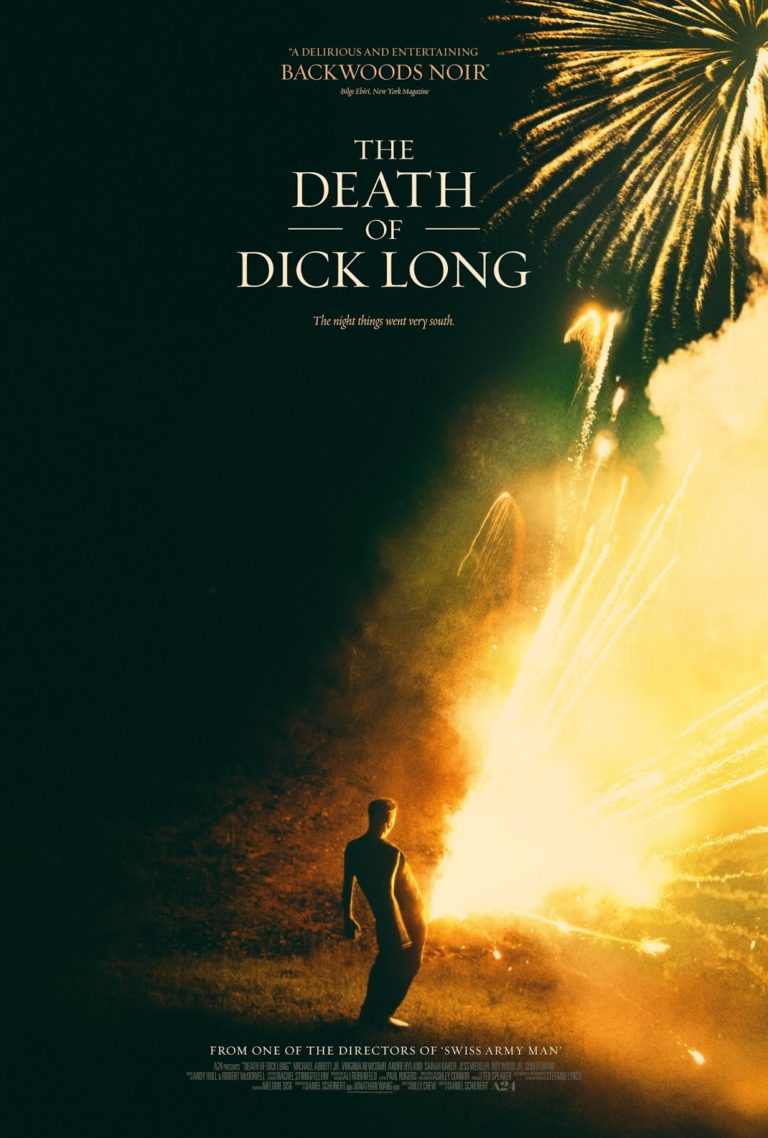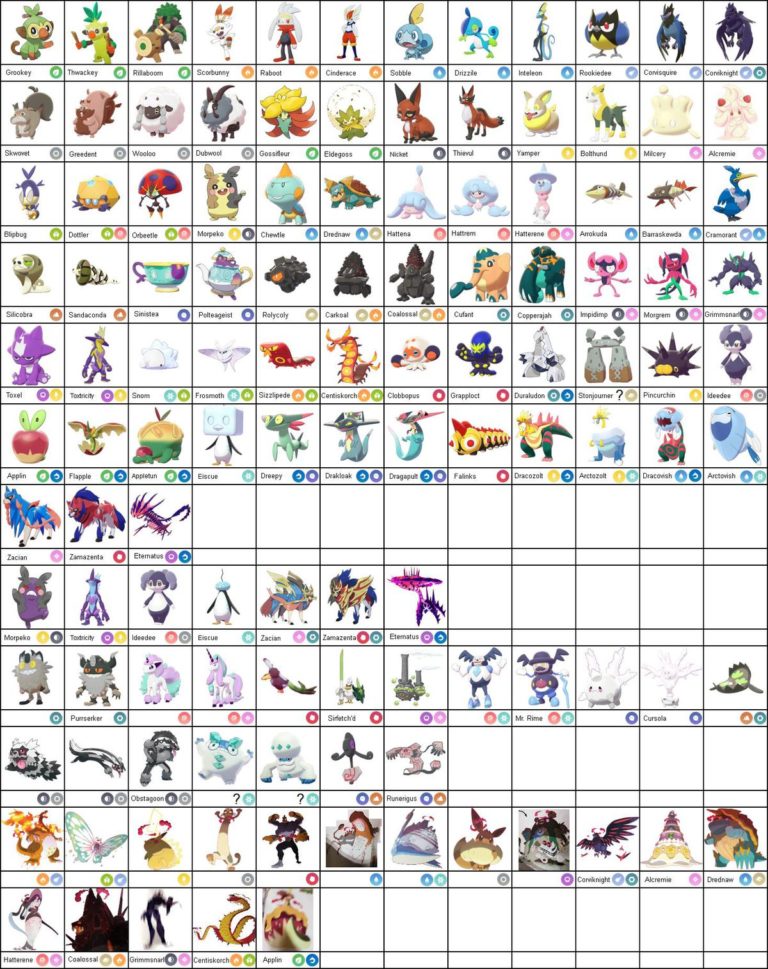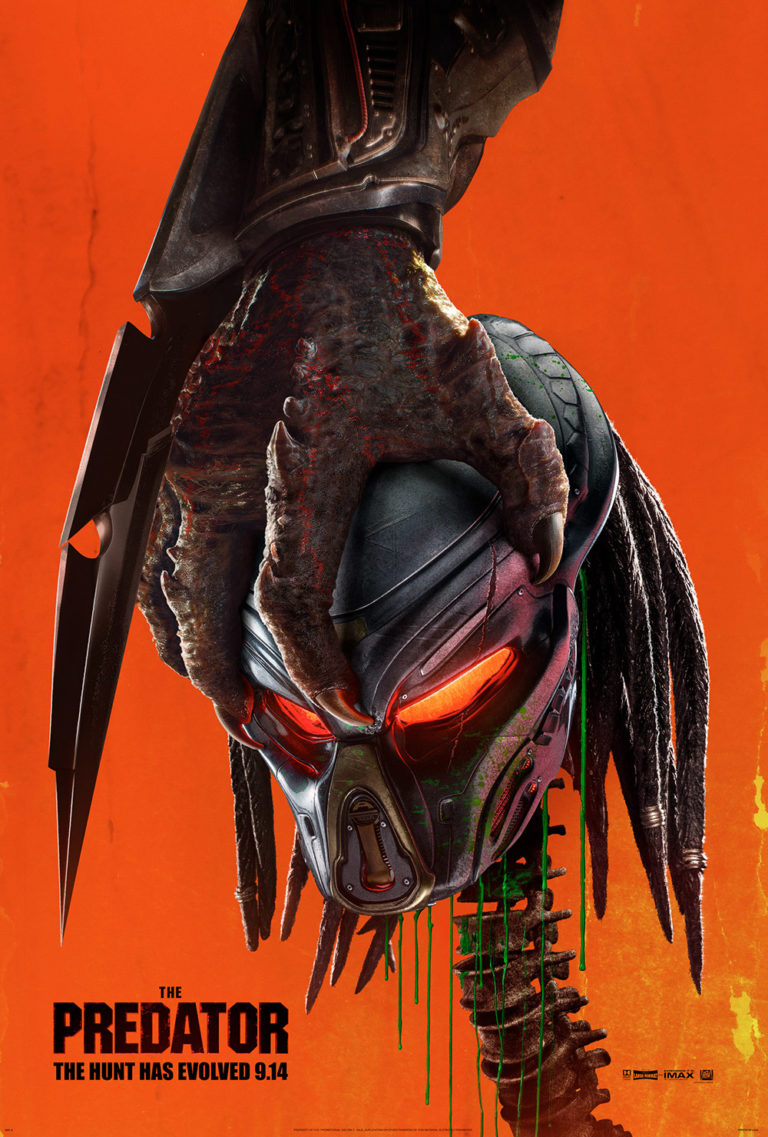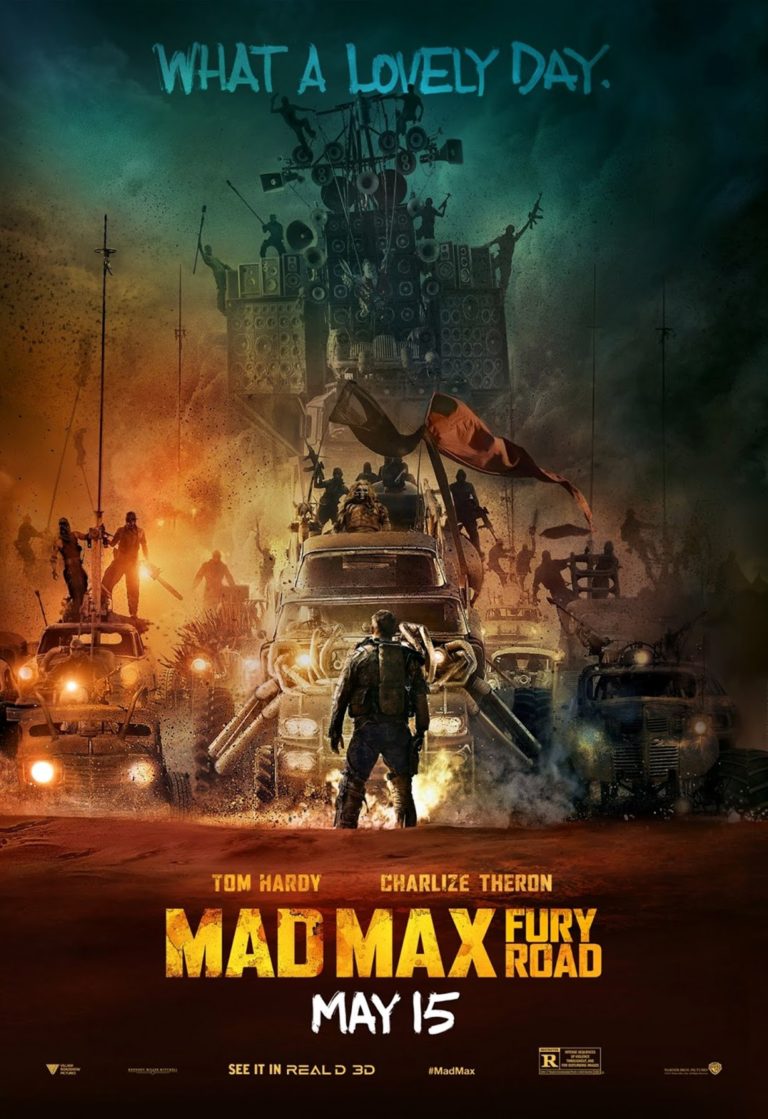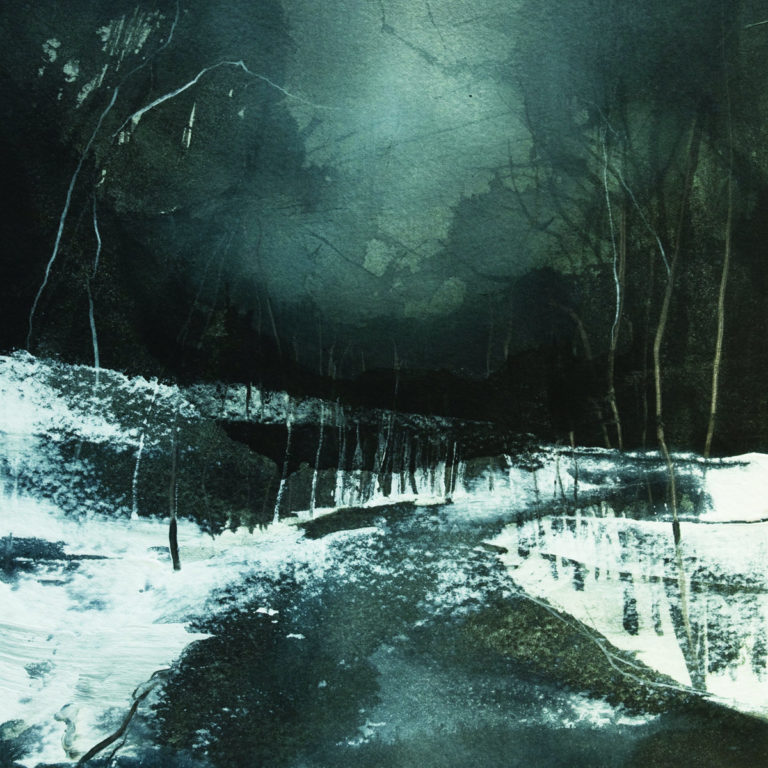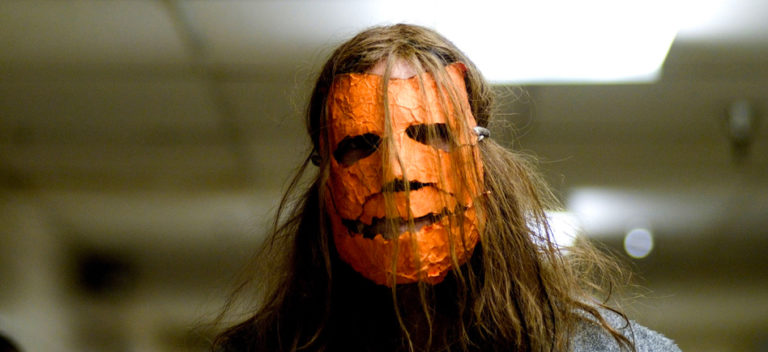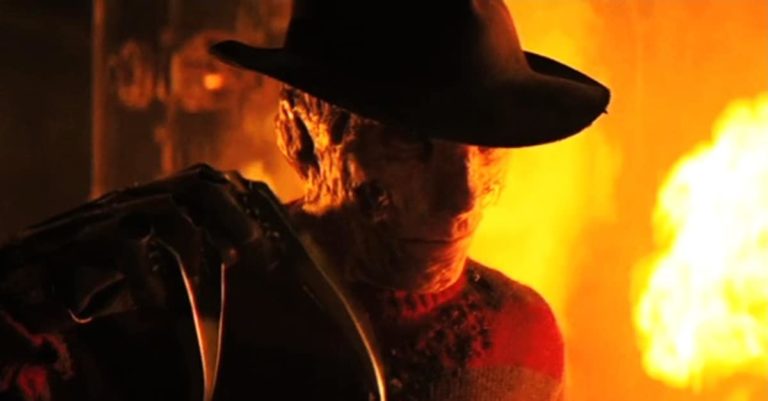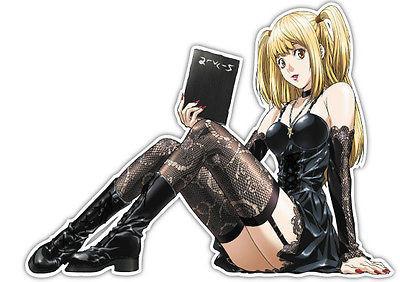In case I haven’t made it obvious yet, I love the Dark Souls franchise. I adore the challenging,...
Barloq
Writer, blogger, father. Blogging since 2012, writing my whole life. Was blessed by the chupacabra and the guardian shepherd.
Welcome back to the annual, year-end countdown of the best movie posters of the year! And just...
It’s that time of year once again, when I look back on all of the random-ass, new...
Over a year ago I wrote the first of what would become my Love/Hate series, a retrospective...
As you can probably tell if you’ve frequented this blog, you’ll know that I have a thing...
It’s the end of the decade, so you know what that means – big retrospectives of the...
Man, I really left myself a lot of work for the end of this year. Not only...
We’ve just gotten through our countdown of the best to worst films in the A Nightmare on...
We’re finally here! We’ve whittled down the Halloween, Friday the 13th, A Nightmare on Elm Street and Texas Chainsaw...
We’re getting close now! After whittling our way through a bunch of truly crappy slasher films, we’re...
Welcome back to the big slasher franchise countdown! After whittling our way through some of the worst...
Happy Halloween everyone! This new series has been a long time coming. Since at least the Texas Chainsaw...
A year and a half ago, I took a trip off the usual content that shows up...
I wasn’t really into anime when I was growing up. I watched localized successes like Sailor Moon, Pokemon and...

